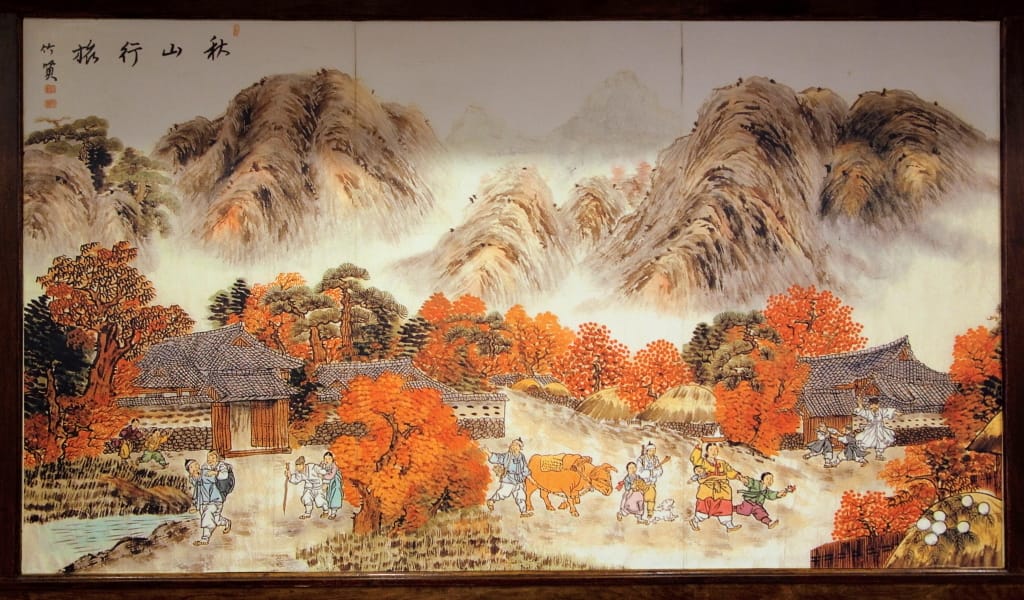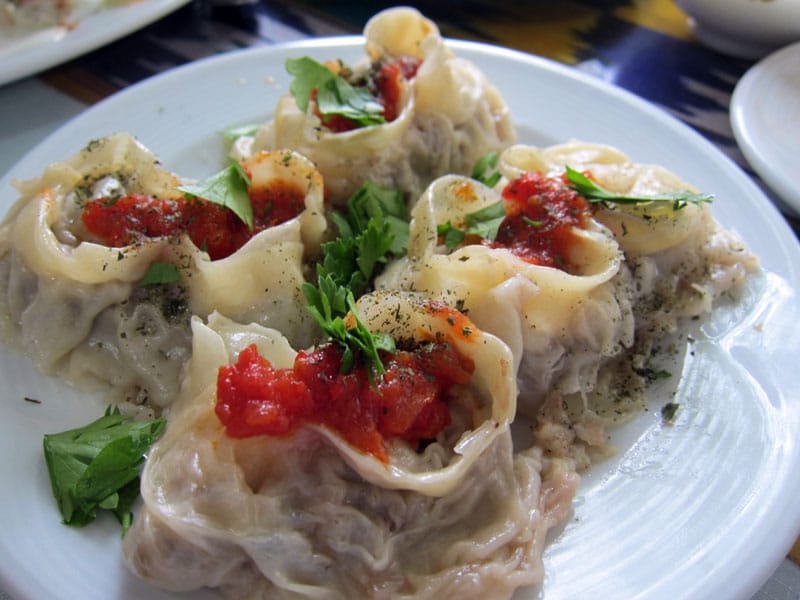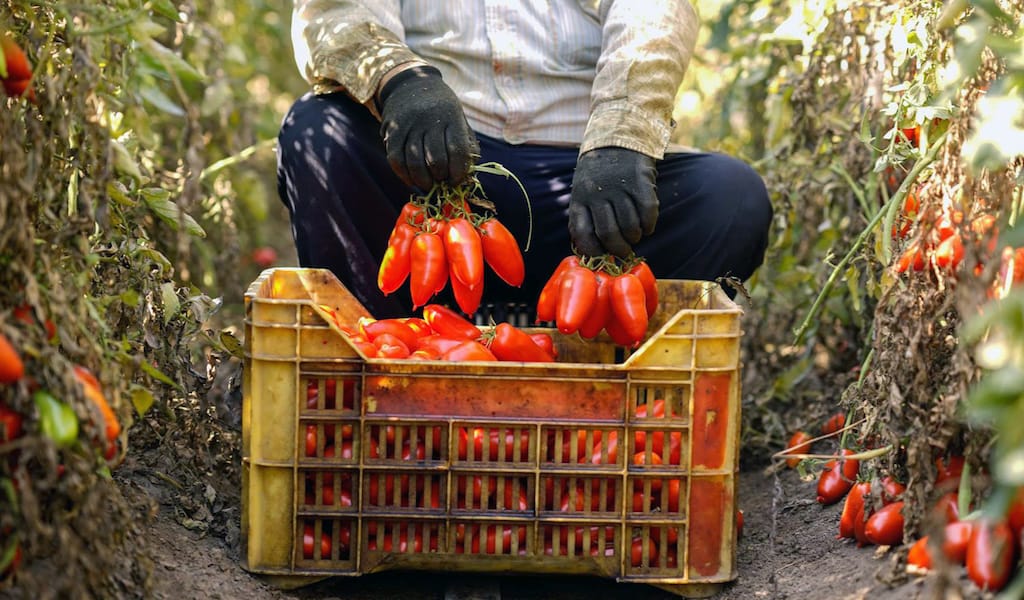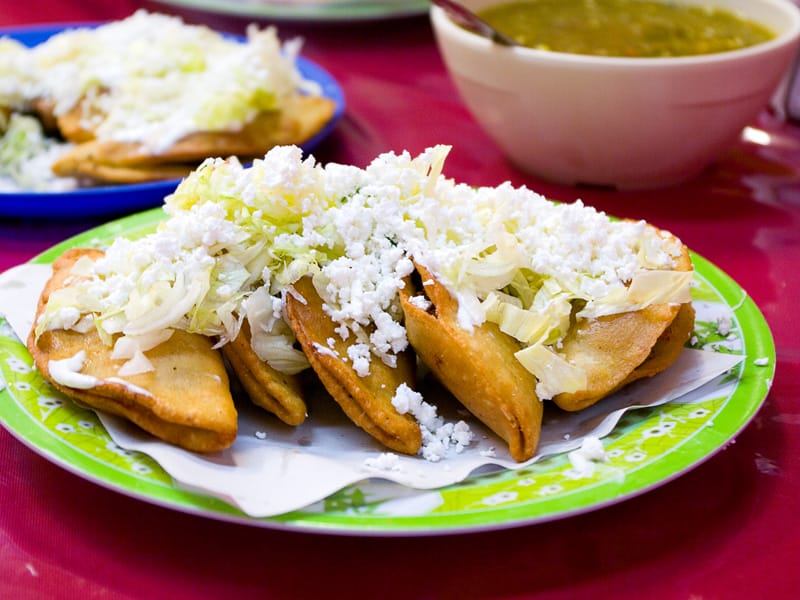Editor’s note: We regret to report that Banggane has closed.
The weather prompted us to order as much as we did. Winter was chilling us to the bone on our first visit, several years ago, to Banggane (Bahn-gah-Nay). This Korean restaurant in Murray Hill sits on a wide-open stretch of Northern Boulevard that’s particularly exposed to the wind. A three-course feast of Korean black goat would set us right, we were sure.
“In winter it warms you,” Chris Kwak, the owner, agrees, when we meet with him on a recent, less frigid afternoon. But at Banggane “summertime is very busy,” too. “When everyone’s already sweating,” he adds, black goat – named for the color of its hair, not its meat – is both refreshing and restorative, or so the traditional thinking goes.
 In Seoul, where Chris was born in the mid-1950s – not long after the armistice that brought a cessation of hostilities to the Korean Peninsula – dishes that feature the native goat have long been consumed as much for medicinal value as for culinary pleasure. Pregnant women eat black goat because it’s “good for the baby, good for the mom,” says Chris. Older people rely on it to regain their strength after surgery; men of a certain age seek it out to improve their vigor. For these purposes, Chris tells us, “we eat black goat only.” No other goat will do.
In Seoul, where Chris was born in the mid-1950s – not long after the armistice that brought a cessation of hostilities to the Korean Peninsula – dishes that feature the native goat have long been consumed as much for medicinal value as for culinary pleasure. Pregnant women eat black goat because it’s “good for the baby, good for the mom,” says Chris. Older people rely on it to regain their strength after surgery; men of a certain age seek it out to improve their vigor. For these purposes, Chris tells us, “we eat black goat only.” No other goat will do.
Even decades after the war, however, not many restaurants in South Korea made a specialty of black goat, Chris tells us. More often it was cooked in home kitchens. This state of affairs may have changed, but Chris hasn’t kept track. In the mid-1990s, he moved to Los Angeles, and seven years later, to New York.
Chris, whose background includes jobs both inside the food industry, as a wholesaler, and outside, as an operator of nail salons, bought Banggane six years ago. (The previous owner retained a similarly named restaurant in New Jersey, under separate management.) Banggane has styled its name in more ways than one – Korea’s Hangul script can be Romanized by using several different systems – but at present the restaurant’s facade displays the name only in Korean, and not in English at all.
The Korean black goat on which Banggane has built its name is raised on a New Jersey farm and procured through the Hunts Point Food Distribution Center, in the Bronx. The goat finds its way into a number of dishes; a solo diner might enjoy the “seasoned black goat meat.” Ours, we recall, was lightly thatched with ginger.
In Seoul, dishes that feature the native goat have long been consumed as much for medicinal value as for culinary pleasure.
For the multicourse goat feast, however, we look to the “boiled black goat meat.” Though the menu indicates that it’s meant for one person, it can and probably should be shared by two or even three, particularly when ordering other dishes. The meat surrounding the ribcage is standard, but Chris informs us that some demanding customers ask instead for goat shoulder or even the very tender meat at the back of the neck. (Presumably these special cuts must be requested in advance; surely they command a higher price.)
Once an order is placed, the banchan arrive, and self-discipline comes into play. Banchan, the assorted small dishes that accompany many Korean meals, aren’t Banggane’s strong suit. Even so, we enjoy a combo of radish and mackerel, a tumbledown heap of sweet black soybeans, and (though perhaps it’s not technically a banchan) a ramekin of sizzling savory golden custard. We taste everything but don’t feel the need to finish them all, let alone ask for replenishments – which is just as well because the goat has arrived.
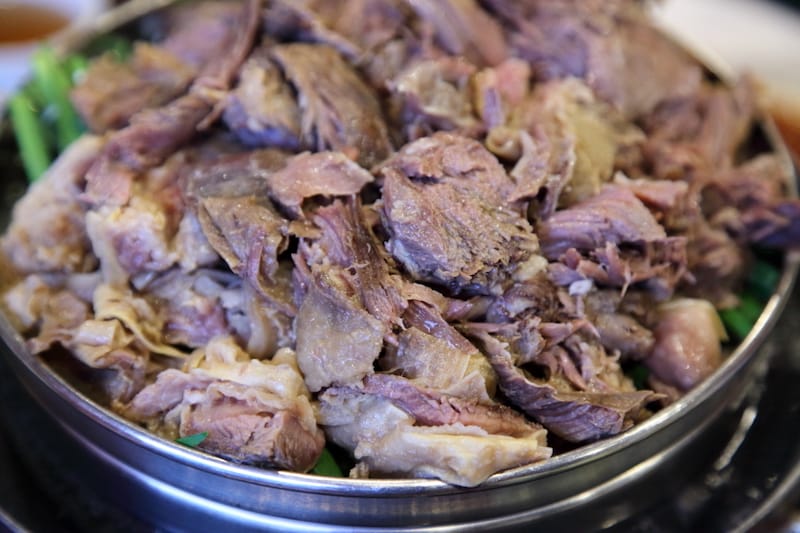
As we watch, a trayful of goat meat, which has boiled for six hours in the kitchen, is deboned and then placed into a tabletop steamer. In ten minutes, the stage is ours. Into a cupped lettuce leaf we add a tidbit of goat and condiments to our taste: scallion, garlic, chile pepper, fermented soybean paste, spicy bean paste permeated with perilla seeds. We fold the lettuce snugly, take it in whole, savor it slowly and return for more.
After a time, before the steamers are bare, the server transfers the remaining meat to a pot simmering at tableside. Soon she ladles out the second course, a spicy goat-and-vegetable soup that’s hearty enough we might consider it a thin stew. Soon after, the leavings of the soup pot are used to prepare the third course, black goat fried rice.
By this time, tablemates who haven’t paced themselves are leaning back with full bellies, leaving more fried rice – it’s moist yet not oily, and surprisingly complex – for us to enjoy. Healthy appetite, indeed.
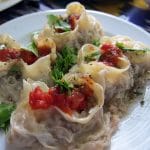 July 1, 2022 Özbek Sofrası
July 1, 2022 Özbek Sofrası
In the former Soviet Central Asian republics, the boilerplate restaurant menu consists […] Posted in Istanbul July 5, 2018 Building Blocks
July 5, 2018 Building Blocks
Several thousand years ago, or so the story goes in Naples, Lucifer and Jesus had a […] Posted in Naples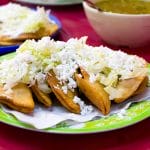 November 14, 2012 Quekas San Cosme
November 14, 2012 Quekas San Cosme
One of the staples of Mexican cuisine (and of bar menus north of the border), the […] Posted in Mexico City
Published on April 05, 2019
Related stories
July 1, 2022
IstanbulIn the former Soviet Central Asian republics, the boilerplate restaurant menu consists of plov, lagman, shashlik and samsa. Tired-looking Uzbek, Kyrgyz, Kazakh and Tajik establishments all serve up the same limp noodles and oily rice with a shrug – it’s their job. In the markets of Samarkand, Osh and Almaty, we found some exciting exceptions…
July 5, 2018
Naples | By Kristin Melia
NaplesSeveral thousand years ago, or so the story goes in Naples, Lucifer and Jesus had a massive showdown in the rarified kingdom of heaven. After a raging session fueled by sibling rivalries, and which likely included satanic petulance and the occasional errant lightening bolt, God, as any parent of battling children can grasp, had had…
November 14, 2012
Mexico CityOne of the staples of Mexican cuisine (and of bar menus north of the border), the quesadilla can be found on almost every street corner and in every neighborhood market in Mexico City. Those served at Mercado San Cosme in Colonia San Rafael, however, redefine the quesadilla. Indeed, while this neighborhood market is far from…







































